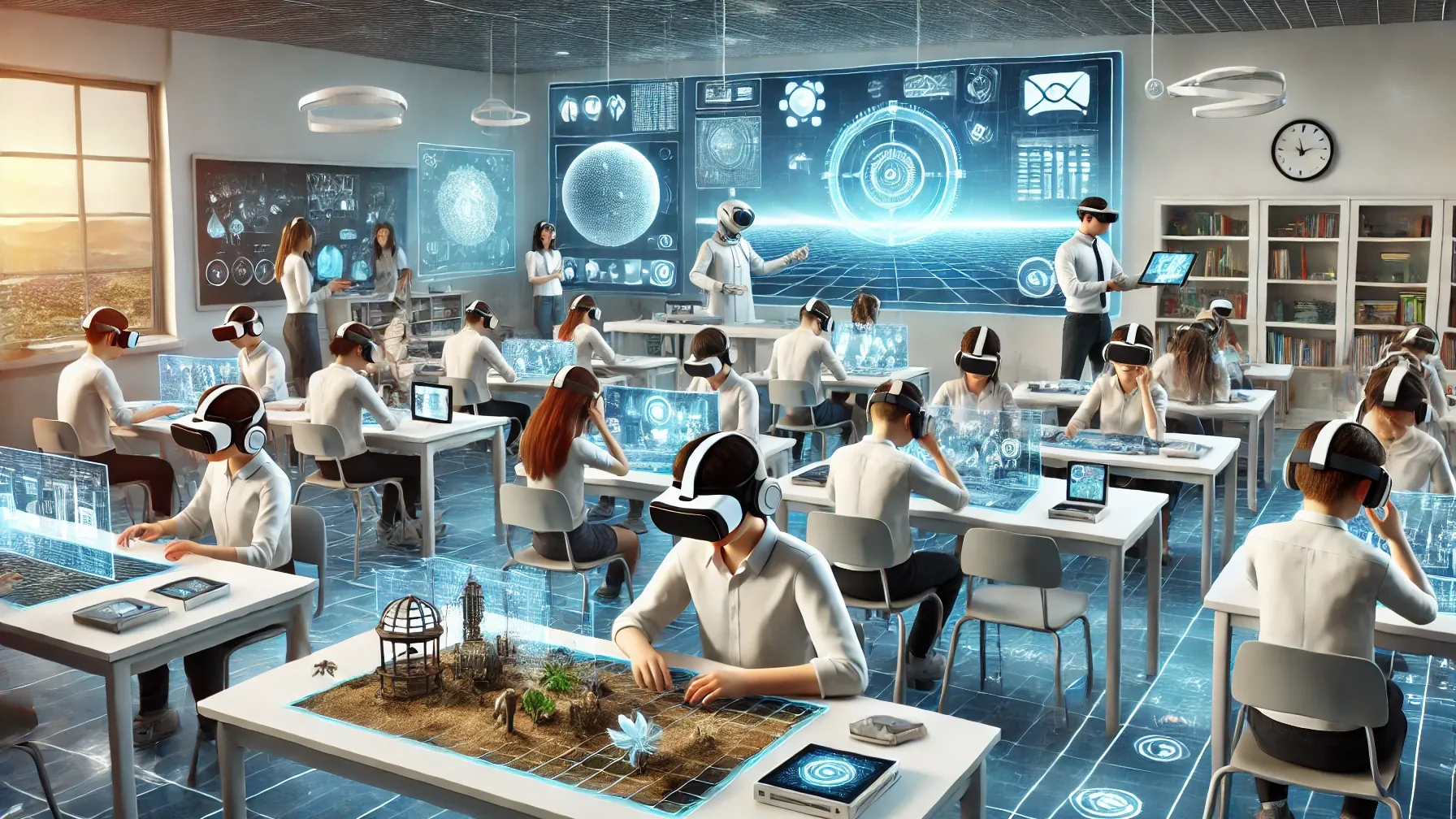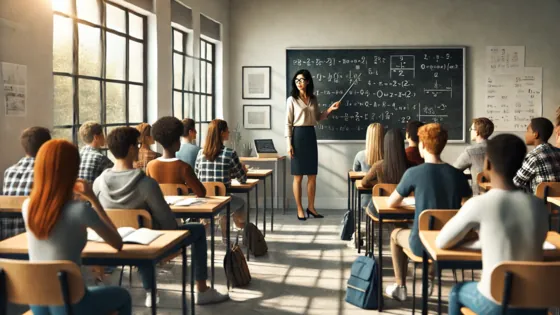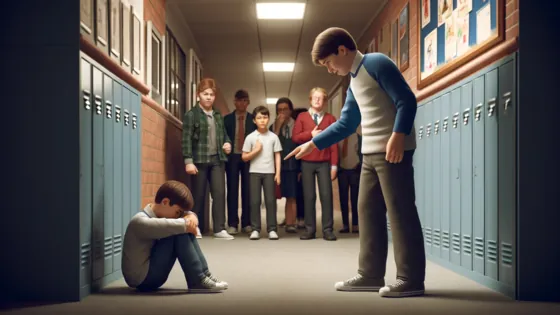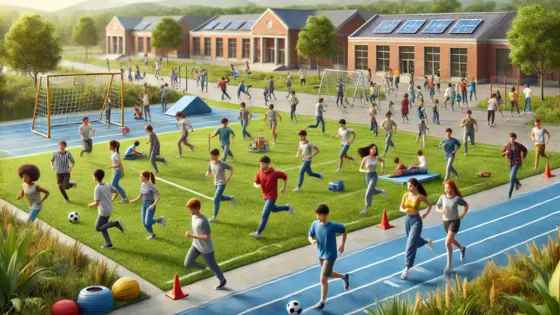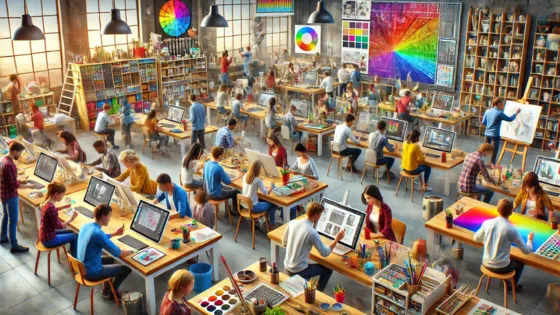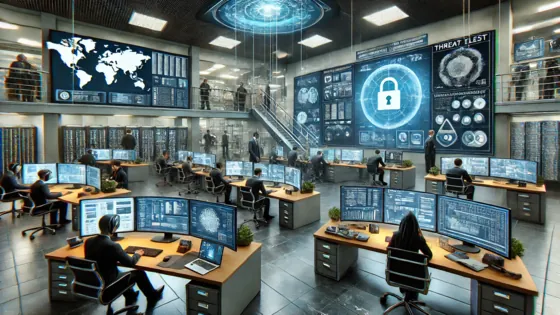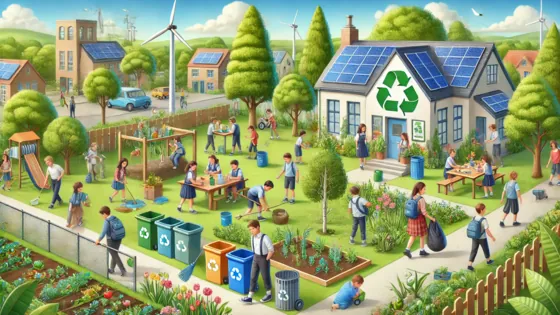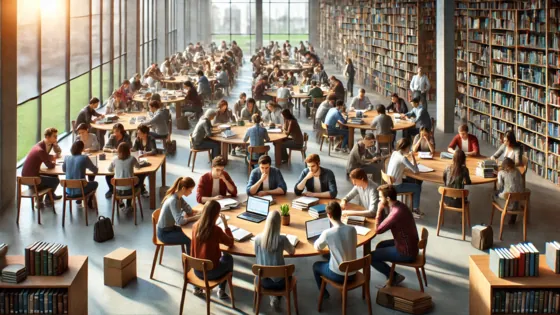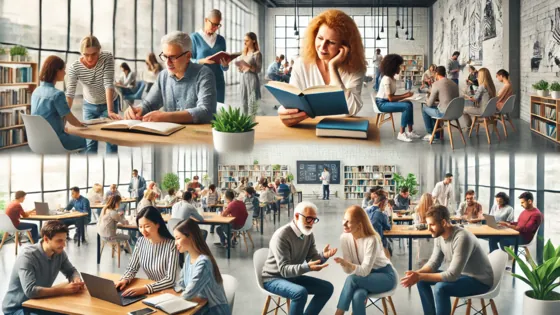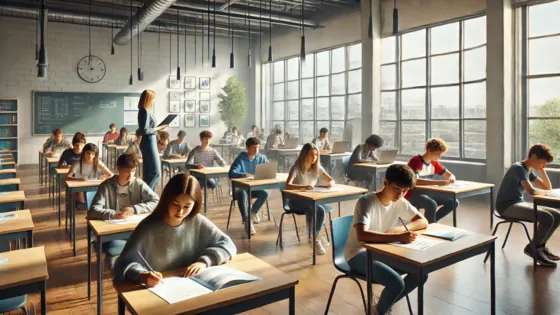In the current era, advancements in technology continuously reshape various aspects of our lives, and the field of education is no exception. One of the most exciting innovations in this area is the emergence of virtual reality (VR). VR technologies are opening up unprecedented opportunities for educational institutions and educators, enabling the development of immersive learning environments that deeply engage and inspire students.
Creating Immersive Educational Experiences
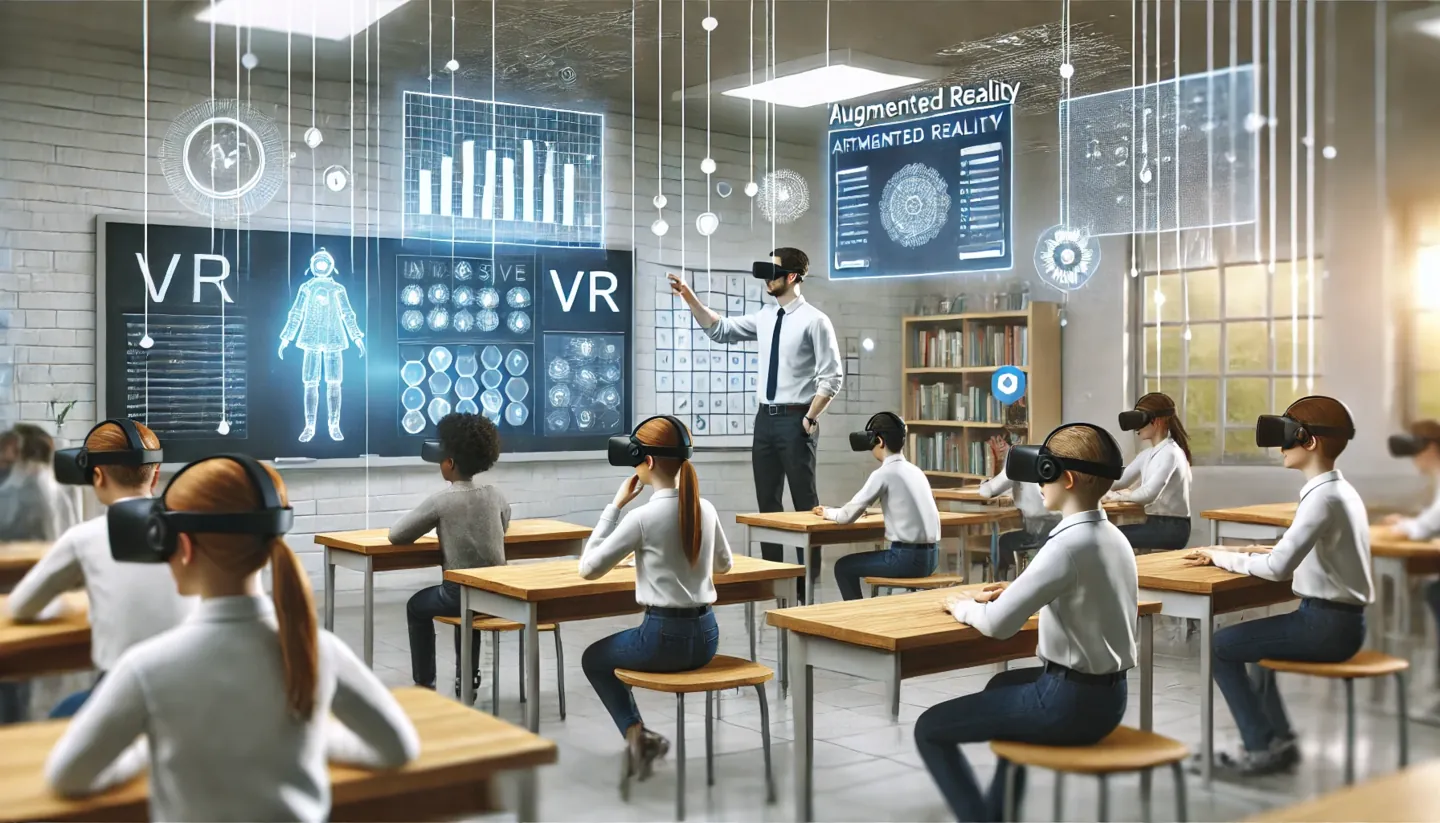
Immersive educational experiences represent a revolutionary approach to learning, utilizing advanced technologies like virtual reality (VR), augmented reality (AR), and mixed reality (MR). These technologies allow students to immerse themselves in virtual or augmented environments, offering unique educational opportunities. This discussion explores how the evolution of immersive educational experiences can transform the learning process and improve educational outcomes.
Virtual Immersive Learning
A key aspect of immersive educational experiences is the ability to immerse students in virtual worlds. By utilizing VR technology, learners can engage in realistic simulations of various scenarios, from archaeological excavations to space missions. This approach moves students beyond passive reading to active exploration, fostering deeper understanding and retention of the subject matter.
Personalized Educational Approaches
Another significant benefit of immersive educational experiences is the capability to tailor education to individual student needs. VR and AR technologies facilitate the creation of personalized learning environments that adapt to each student's level of knowledge, learning style, and unique attributes. This personalized approach promotes more effective learning and enhances academic performance.
Overcoming Geographical and Time
Constraints Immersive educational experiences also help overcome geographical and temporal limitations. Through virtual and augmented realities, students can access educational resources and participate in learning activities anytime and anywhere. This is particularly valuable for distance education and during times of global crises.
Increasing Interactivity and Engagement
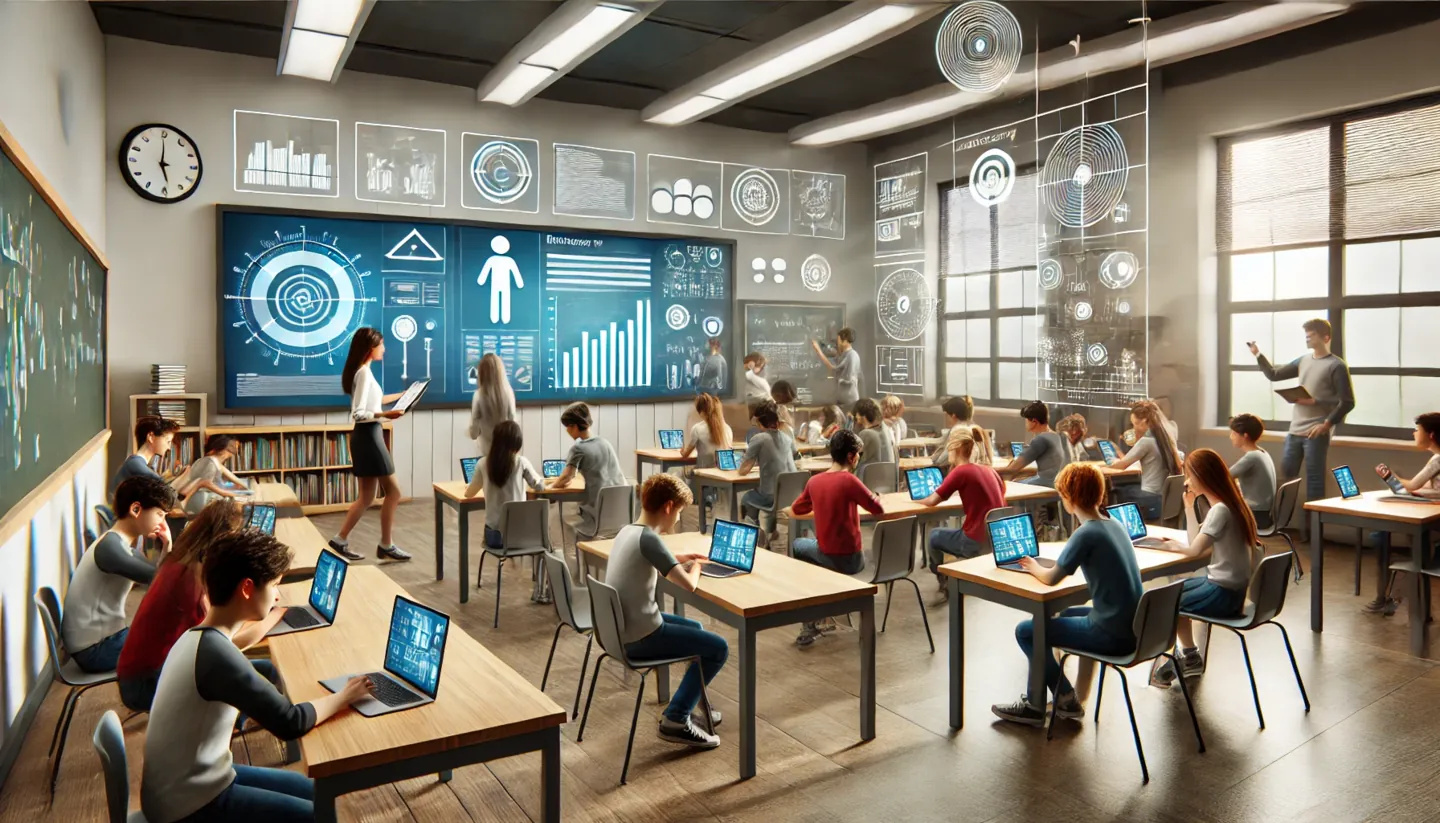
Enhancing student interaction and engagement is crucial in modern education. Active participation in the learning process deepens comprehension, motivates learning, and leads to higher academic achievements. This article examines how modern technologies and methodologies enhance student interaction and engagement within educational settings.
Integrating Virtual and Augmented Reality Technologies
Modern technologies such as VR and AR provide unparalleled opportunities for creating interactive educational experiences. These technologies enable students to immerse themselves in virtual or augmented environments, interact with learning materials, and make the educational experience more engaging and memorable.
Incorporating Game Elements in Education
Game elements, including gamification and serious games, significantly enhance student interaction and engagement. A game-based approach to education makes learning more captivating and motivating, as students receive rewards for completing tasks, overcoming challenges, and achieving goals.
Encouraging Feedback and Dialogue
A critical aspect of enhancing student interaction and engagement involves fostering feedback and dialogue between educators and students. An open environment for discussion and interaction builds trust and mutual understanding, creating favorable conditions for effective learning.
Overcoming Spatial and Time Constraints

Modern education faces challenges such as spatial and temporal barriers that can hinder access to educational resources and services. However, advancements in technology and innovative approaches enable educational institutions to successfully overcome these barriers. This article explores how contemporary methodologies and technologies help surmount spatial and temporal obstacles, ensuring more accessible and flexible education.
Distance Learning and Online Platforms
One effective strategy to overcome spatial and temporal limitations is through distance learning using online platforms. This approach allows students to access educational resources from anywhere in the world without leaving their homes. Online courses, webinars, and interactive lessons provide flexible learning schedules, empowering students to choose the pace and subjects that suit their needs.
Flexible Curricula and Individualized Learning
Flexible curricula and individualized learning also help overcome temporal limitations. Educational institutions can offer students the flexibility to choose class schedules and study pace according to their circumstances. This flexibility enables students to manage their time effectively, balancing study with work or other responsibilities.
Promoting Collaboration and Knowledge
Sharing Modern technologies also enhance collaboration and knowledge sharing among students and educators, overcoming spatial and temporal barriers. Online platforms for sharing materials, discussion forums, and virtual projects enable real-time interaction and idea exchange, regardless of location.
Challenges and Future Prospects
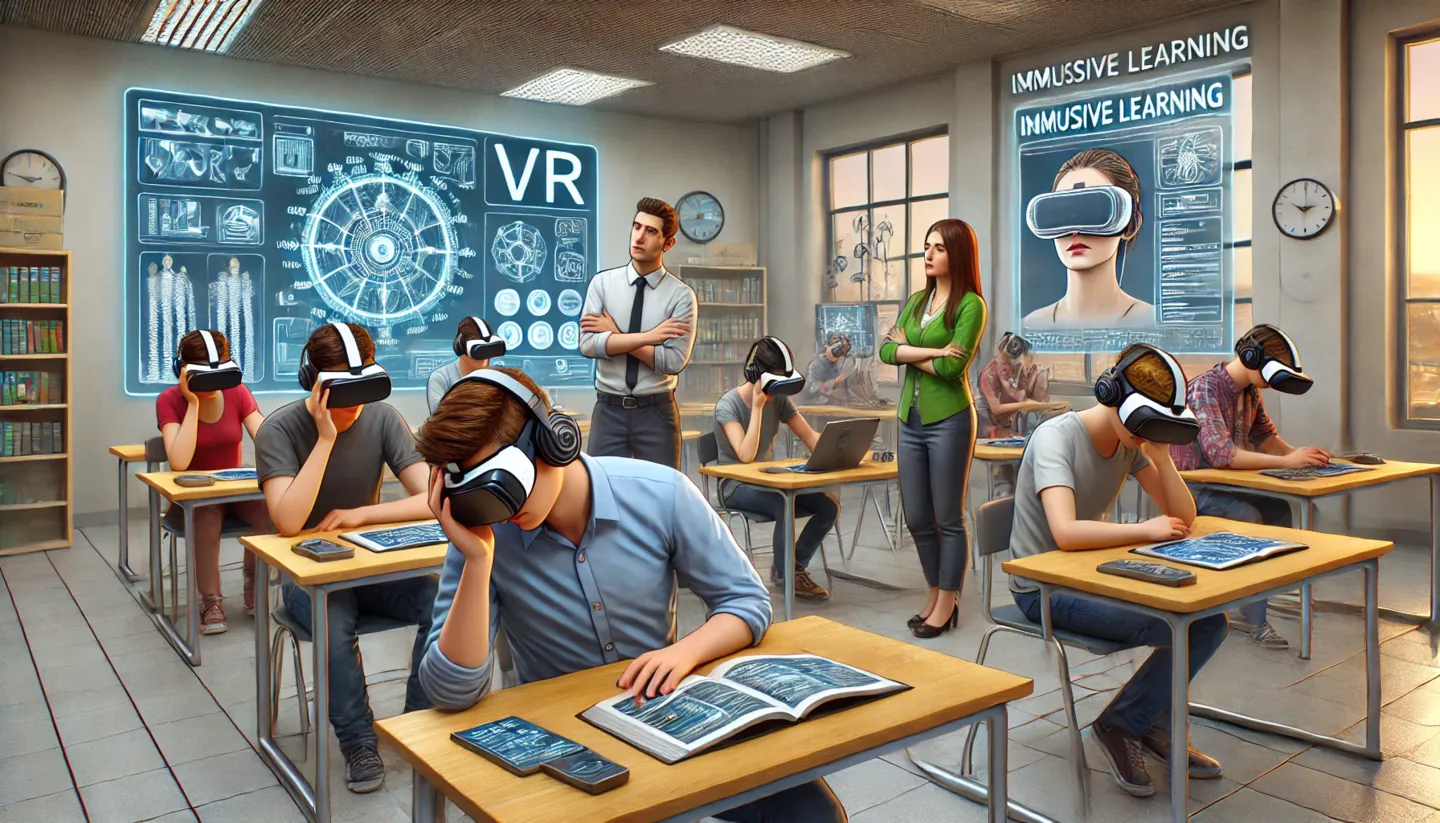
Despite numerous advantages, integrating virtual reality technologies into education still faces challenges such as high costs for equipment and content development, as well as the need to ensure accessibility for all student demographics. However, ongoing technological advancements and increasing interest in VR in education suggest that these issues will likely be resolved over time.
Conclusion
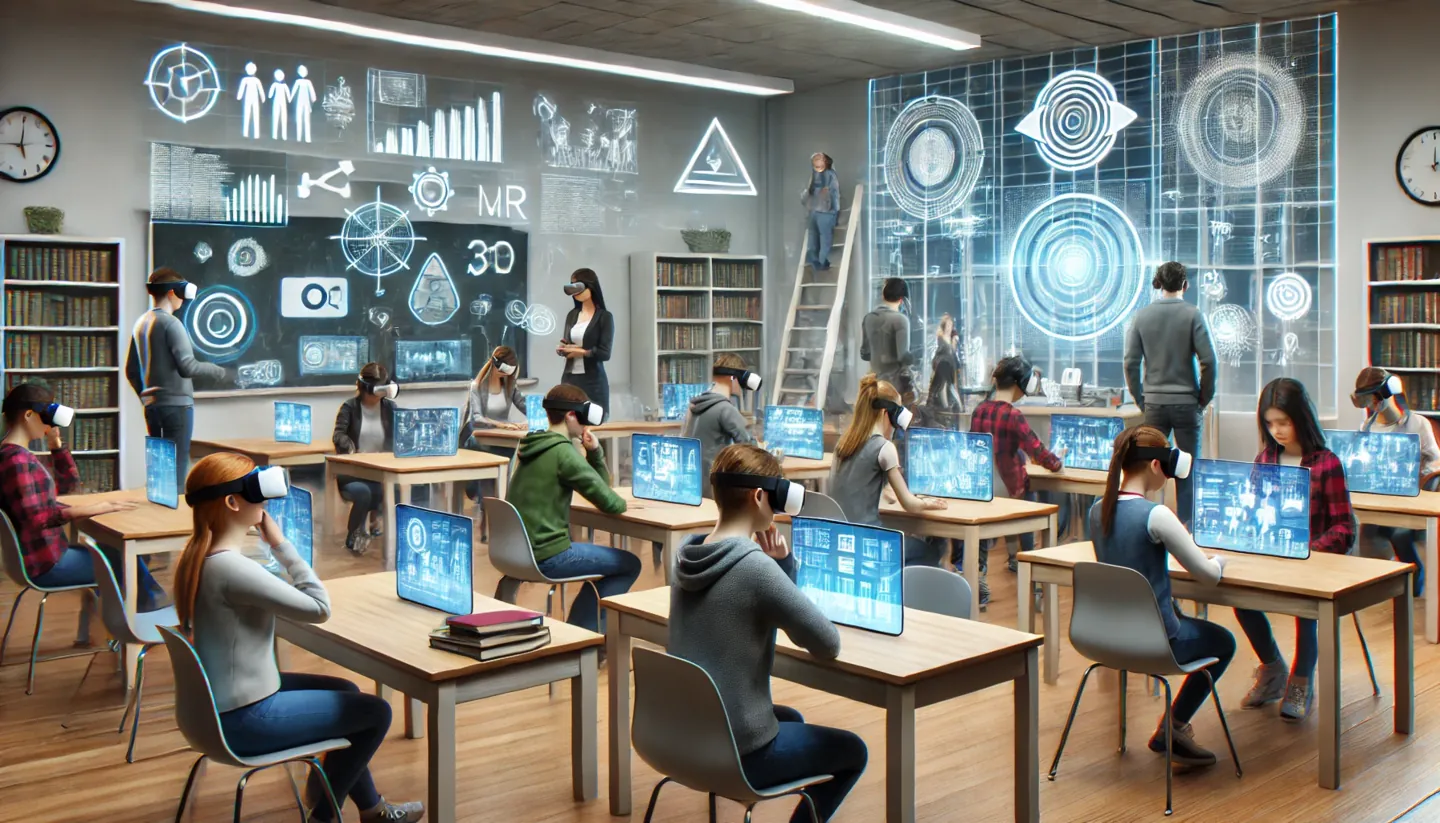
Virtual reality technologies represent a powerful tool transforming modern education. They offer new avenues for creating unique and effective educational experiences, enhancing student interaction and engagement, and overcoming spatial and temporal limitations. Continued research and development in this field are essential to fully harness the potential of VR technologies in education and ensure accessibility for all students.

